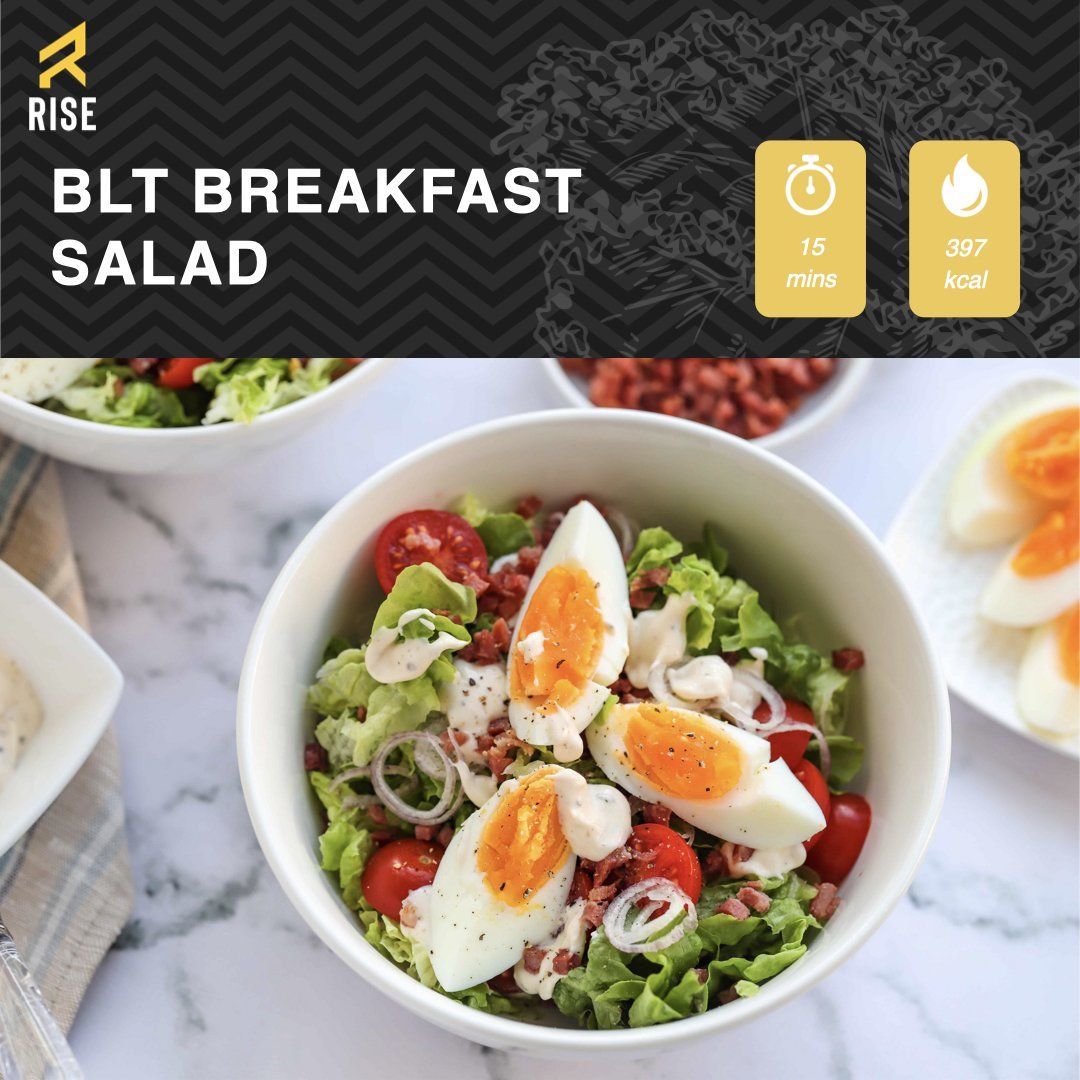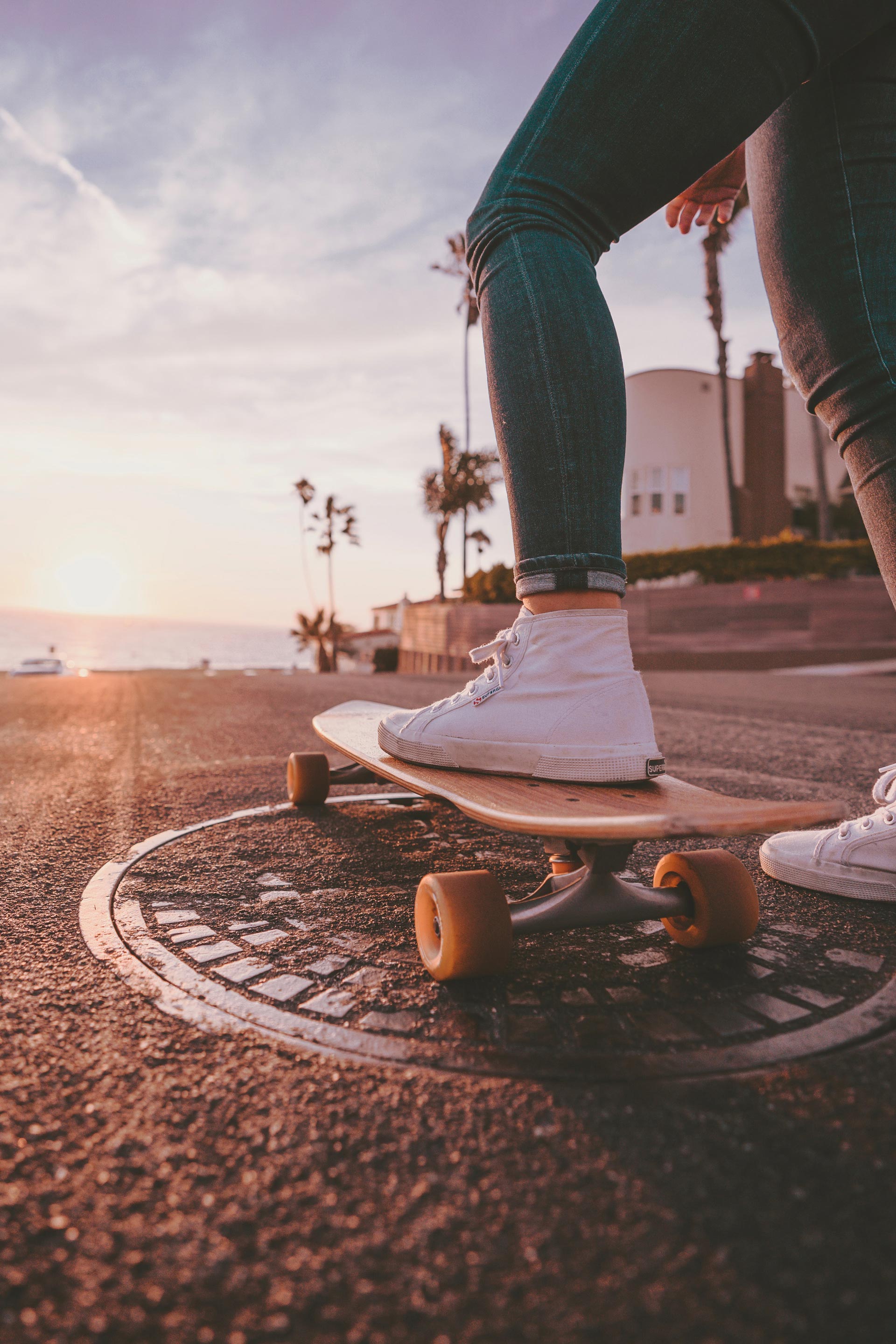
Holiday meals can leave you feeling uncomfortable, and not because of the table talk. If you’re not careful of what and even how you eat, you’ll be battling the post-dinner bloat. Bloating is the tight, swollen feeling in your abdomen when your gastrointestinal tract has retained fluid or gas. It’s painful, and not a good look, especially when wearing fitted clothes. The most common causes for the stuffed bloating feeling are overeating, eating fatty and rich foods and eating too fast. To keep bloating at bay eat smaller portions to ease the pain, limit the fat in your diet because it takes longer to digest and keeps the stomach full longer and eat slower to avoid overeating. Gas is the second most common cause of bloating. While half of what’s in your digestive system is bacteria to help the gut digest, the other half is swallowed air. If the gas builds up in the intestines it will cause the discomfort. If you often feel gassy and bloating caused by gas you can avoid these habits that cause you to swallow more air. Drinking with a straw Chewing Gum Drinking carbonated beverages Sucking on sugar-free sweets or lollies Unfortunately, certain foods can also cause gassiness and bloating because they’re difficult to digest. These are the main offenders. Beans and lentils contain oligosaccharides which are indigestible sugars and have to be broken down by bacteria, a slow process. Fruits and vegetables that contain starch and sugar that cause gas and bloating like Brussels sprouts, cabbage, cauliflower, carrots, prunes and apricots. Artificial sweeteners like sorbitol are unable to be digested and fructose, a natural sugar is difficult to digest. Dairy products can cause intestinal distress and bloating. Whole grains are recommended for a well-balanced diet but can cause gas and bloating because of their high fiber content. Make sure to drink a lot of water to help move fiber through your digestive system. Check out our Nutritionist Jordan Kain’s video on Fibre and Carbohydrates this week on our Facebook page for more information! If you’ve cut back on hard-to-digest foods and you’re still experiencing bloating, you can take over the counter medications to help break down indigestible sugars in beans and vegetables. However, if you’re constantly troubled by bloating even after making these changes it might be a good idea to speak with your doctor about it. Though rare, bloating can be caused by something more severe that needs to be addressed like an obstruction in your stomach or impaired muscle functions in the digestive tract that don’t allow food to move along properly. Take proper precautions if you want to avoid bloating and gas and you can walk away from the dinner table without the uncomfortable stuffed or gassy feeling that can ruin the rest of your night.

When starting out on a lifestyle change, research goes into most of what and how you decide to proceed. But there’s a lot of misinformation being shared, and we want to make sure you know what’s truth and what’s fiction. Here are a few of the most popularly shared Weight-Loss Myths you can come across. If you eat fat you will get fat. This isn’t a complete myth, the truth is there are some fats you should absolutely stay away from like trans fat and there are those that should be used sparingly like saturated fats. But there are also good fats – monosaturated and polyunsaturated - that should be included in a healthy diet. These fats will not only keep you feeling full, they also contain heart-healthy Omega-3 fatty acids which can lower blood pressure, reduce blood clotting and decrease stroke and heart failure. Examples of good fats: avocados, nuts, flax seeds, olive oil. Carbs should be eliminated from your diet. There’s a lot of back and forth on this subject, especially when popular diets like paleo and keto are all about low-carb. But there’s a reason carbs are still included on the food pyramid or the new food plate for a well-balanced diet. Carbs are essential to fueling your body and brain. But just like fat, it’s all about what kind of carbs you’re fueling your body with. Whole grains, fruits, vegetables are the ideal ways to provide the necessary intake. You can exercise the kilos away When starting on a lifestyle change the immediate thought is to workout for hours on end. But exercising morning, noon and night will leave you exhausted, sore and can cause you to quit before you’ve gotten your habits off the ground. Introducing a fitness routine is just one part of a successful change a well-balanced diet makes up 80% of a healthy lifestyle change. Working out has a ton of health benefits, but make sure when starting out you’re not overdoing it and you’re taking advice from a professional who will show you how to start safely. A cheat day is ok. Rewarding yourself every now and then ok. An entire day devoted to pigging out on all the things you’ve avoided is not. Make your “cheats” count by making it one meal or a treat occasionally, as not to derail your progress. When you overdue it one day, the next day will leave you feeling sluggish and you’ll be looking for something to help move you along, which can start a cycle of unhealthy eating. Keep your eyes on the prize and find ways to curb your cravings with healthy alternatives. If you need help figuring it out, ask your trainer. You need to lose substantial weight to notice health changes. If you’re reasoning for wanting to be healthier has to do with medical issues like high blood pressure, making changes to your diet and starting an exercise routine are the best way to avoid being put on medication or being taken off medication. Studies show you only need to lose 10% of your weight in order to see changes in blood pressure and blood sugar, plus you’ll be lowering your risk for heart disease and Type 2 diabetes. These are just a few of the many myths out there that can set back your progress. If you hear or read something that isn’t given to you by professionals, ask one of our staff members to ensure you know exactly what to do to keep moving towards your goal.

Tips for Healthy Grocery Shopping Grocery shopping when trying to create a healthy change can be daunting. Stores are designed to entice you to buy more and when you’re working on changing your bad habits, you’ll notice the grocery store is out there dangling those foods that will knock you off track like a bunny at a horse race! But don’t be discouraged, we’ve got the tips to navigate you through the grocery store while keeping your eyes on the prize, your success. Have a plan in place. If you need enough food for the week, breakfast, lunch and dinner, then plan your meals ahead of time so you know exactly what you need for that week and how much you need of it. Meal prepping will help you succeed in your weight loss journey, but it also saves you time and money at the grocery store. With all of the grocery store apps you can make your list on your phone or if you’re extremely busy you can create the list and pick it up or have it delivered. Don’t go hungry! Probably one of the most important and underrated tips for going to the store, don’t go hungry. This tip has been around since the beginning of grocery store time, yet how many times have you found yourself mindlessly walking out the door to run your errands thinking it won’t take you long and when you come home unload bags of food you know you don’t need, the chips, the chocolate, the pre-made, packaged, processed meals that have no nutritional value. This is why having a plan in place is a good first step. You shouldn’t just plan what you’re going to buy, but when, like after you’ve eaten a nutritious breakfast and are ready to start your day. Head in the right direction Spend most of your time in the outer parts of the store. The outside aisles are where you should be getting most of your shopping done. They’re usually the fresh produce, meat, fish, and dairy aisles. The inside aisles contain most of the processed packaged food that we should avoid. Read the labels If you do end up in the middle aisles, make sure to check the labels. Some simple advice is if it has 5 or more ingredients or you can’t pronounce the ingredients skip it. Understanding what’s fuelling your body is just as important as fuelling it. Variety is the spice of life. We tend to stick with what we know and continue to make the same meals day after day, week after week, but now is the best time to mix it up. Every fruit and vegetable has a season and buying the freshest and most in season produce is a great way to not only get the nutrients you need, but the best tasting and usually cheapest. The internet has so many purposes and one you can utilise time and time again is finding new recipes to add to your repertoire. When you’re making your lists introduce some new foods to your line up. If you’ve never used an artichoke find a recipe that works with your meal plan and challenge yourself to buy it and make it. And really, it’s that simple! But as always, if you need a little bit more help talk to your trainer. They are more than happy to help when it comes to shopping right.

Personal training is one-on-one training with a professional coach. On your first visit you’ll discuss your goals, concerns, injuries and usually get an assessment with your numbers I.e. weight, BMI, measurements. The coach will create a custom program based on your assessment and then plan out your next moves. One of the most beneficial aspects of personal training is the accountability. Your coach will be there every step of the way. They’ll correct your form and consistently ask questions on or about your progress. If you’re not following the nutrition plan or not working out to your maximum potential, they’ll call you out. The downside of personal training is that it can be expensive. While you can pay-per-session, personal training should be a long-term investment. Another con of personal training is finding the right trainer. Personal trainers want you to succeed, but their idea of how to do it and your idea my not match. You might clash with their methods or find that they’re too aggressive which can ultimately result in you not continuing. To find the right one, research and meet with them first to make sure it’s a good match. If you’re someone who needs constant motivation, consistency, and requires a tailored program because of injury or because you aren’t getting results, personal training is your best option. Group Training Do you work better alone or in a group setting? Group training can vary class to class, but the idea is a group of people being instructed by one trainer, typically. The people who attend group training are usually there to lose weight, get stronger and thrive off the group energy. Participants in group training become a team, attending the same classes at the same time and connecting through exercise. While personal training you are held accountable by your trainer, if you get to know the people in a group training class, they will start to be your accountability partners. Group training has its downsides also. There isn’t as much guidance so if you’re struggling with how to correctly perform a movement you won’t get the one-on-one assistance you would with a personal trainer. And while you might make friends with people in your group, you are the only one holding yourself accountable in group training. Unlike a personal training, the instructor won’t call you if you miss a class and they won’t ask you about the questions or concerns you might have as an individual. But, if you are looking for a tight knit community of people who have the same goals, in a highenergy, fast-paced atmosphere, group training is the way to go, especially with us here at Rise Personal Training & Fitness!

Are you anything like me? Do you sometimes look up and wonder how those enormous A380s stay in the air. I mean, have you thought about the weight of those things even without passengers! It must be more than 500 tonnes and yet it still has the power to lift off and head out over the ocean with more than 500 passengers on board. I often question how this came to be. How does QANTAS successfully take off here in Australia only to arrive safely in Europe or America consistently time and time again? I was sitting thinking about this over the weekend and then suddenly the answer came to me. Are you ready for it? It all comes down to the difference between design and desire. Let me explain this a bit more… Since the dawn of time we have looked to the sky and wondered what it would take to fly. We have always had the desire to soar above the clouds but it took the Wright Brothers to design the right machine in order for it to happen. I suddenly realised desire, no matter how deep it might run, will do nothing to get a plane in the air. The only thing that will help it fly is the right design. It doesn’t take too much imagination to realise that our new year resolutions are much like this too. Design is the one thing you need to be successful with your health and fitness goals. Designing a health regime and sticking to is is the one strategy that will help you succeed. The desire to have a six pack is of course important however, desire alone is not going to cut it. The Rise clients who are successful do so because they have designed several different pathways that have lead them towards success. They have a clear road map and they have a definite plan as to the journey they are heading along. Imagine Neil Armstrong and Buzz Aldrin sitting on the launchpad ready to head to the moon and as the clock ticks down to blast off they ask a few last minute questions. They are going to need some fairly thought through solutions and not really upon the support crews best wishes alone. This is the same for success in your own health and fitness. It only occurs when the right design is planned and then implemented. A wish or a desire alone is not enough to make your weight drop or your cardiovascular endurance to soar. The single and only reason a commercial jet is able to lift off and land safely is because it was designed to fly, not because the engineers and the pilots gave it a motivational speech before it took off. Here at Rise, we work with driven individuals who want to design healthy lifelong habits. We know from working with hundreds of successful clients that the one and only measurable difference between a someone who continues to flog themselves without results to one who gets what they are working towards is design over desire. I suppose the important question with all of this remains: What are you doing to design the right healthy habits that you want in your life? Get in contact with Rise Personal Training & Fitness today to start designing the right fitness plan for you. Call now on 13 RISEPT to talk to one of our specialists. Don’t delay, give Rise Personal Training & Fitness a call today.

Since hitting the fitness scene HIIT or high intensity interval training, has continued to evolve and grow in popularity. Listed as number 3 on the top fitness trends for 2020, HIIT is a great way to maximise your workout in a short amount of time. HIIT are vigorous cardio exercises designed to get your heart rate up in short intervals followed by less intense recovery periods. The average HIIT workouts last about 10-30 minutes but can provide twice as many benefits as a standard workout. The heart pumping training burns 25-30% more calories than any other exercise method in a 1/3 of the time. Studies have found HIIT burns calories even after you’ve finished your workout. It’s proven to increase your metabolic rate hours after a workout more so than running and weight training. The studies also show the metabolism switches to using fat as energy rather than carbs aiding in fat loss. Even though the workouts are completed in less time, research has shown those participating regularly have seen a decrease in visceral fat without changing their diets. Visceral fat or belly fat is linked to higher risks of disease and HIIT’s benefits are effectively lessening those risks by lowering blood pressure, blood sugar and heart rate. This is especially beneficial for individuals with high blood pressure, heart disease or those at risk for type 2 Diabetes. Outside of the health benefits, HIIT can be based on a variety of exercises which helps keep it interesting. Here are a few examples of HIIT workouts to help you get started. Pedal as fast and hard as you can for 30 seconds and then slow down for two to four minutes. Repeat for 15 to 30 minutes or until you’re able. Warm up before sprinting for 15 seconds, and then walking or jogging slowly for one to two minutes and repeat for 10 to 20 minutes. Do squat jumps as fast as you can for 30 to 90 seconds (depending on your ability) and then walk or stand in place for 30 to 90 seconds repeating for 10 to 20 minutes.

Want the bad news first?! Building your strength and fitness is a gradual process. Particularly when you start a new fitness routine, you may feel as though you’re pushing your body to the limit and your body is struggling. Or maybe you’ve recently been sick and you don’t think your body is up to a sweaty, high-intensity workout. If that is the case it’s probably time for an active recovery day. Remember - rest is just as equally important as being active when it comes to getting closer to your health and fitness goals. Today we are exploring some examples of low-intensity activities you can incorporate as part of your weekly recovery. Mobility Class We know you get tense and tight in all different areas of your body, what with your workouts and the stresses and strains of a bust life! That is why we have a regular Mobility Class at Rise. Slowing down and stretching helps promote blood flow so your muscles become more nourished. Plus, there’s the additional benefit of giving you time to breathe deeply and clear your mind. Self-Myofascial Release This is just a fancy name for foam rolling! Self-myofascial release is really helpful when you need to reduce that dreaded delayed-onset muscle soreness. Foam rolling can be great for reducing tension and increasing your range of motion, which can help to improve your general performance when you’re ready to jump back into intense training. Walk The humble walk is severely underrated when it comes to active recovery! Taking a walk (or joining Rise Walk class) means you get your heart rate up without overdoing it and placing extra stress on your body. If you get a chance to walk outside and get some fresh air, even better! Stretch A recovery session is a great time to work on your overall flexibility and mobility, and you know what that means: stretching! Some dynamic stretches, such as walking lunges or leg swings, can help wake up your muscles and joints. Stretching will give you some time to focus on each movement and help you notice if there is any pain or tension. If you’re feeling limited due to muscle soreness, injury or illness, some exercise of a lower intensity can be really helpful. Moving your body can improve your circulation, speeding up the delivery of nutrients to your damaged muscles and helping to improve your range of motion. Pay attention to the cues your body is giving you and choose a form of recovery that suits it and don’t worry if you can’t face a full workout. A session dedicated to stretching is always beneficial! *Results may vary. Strict adherence to the nutrition and exercise guide are required for best results







